This is PLC Program for Making multi-way switches using PLC
We need to make multi-ways switches using PLC. Write the PLC program for the application using ladder diagram language.
Multi Way Switches using PLC
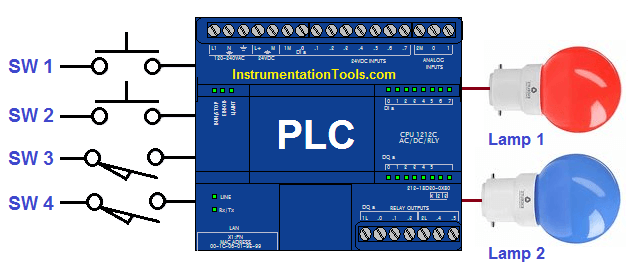
Solution
Here we can consider two types of lamp for explanation so we can easily understand the concept.
For explanation purpose we can considered two locations and three locations of the switches installation.
Lamp 1 can be operated from the two different locations and the lamp 2 can be operated from the three different location.
List of Inputs/Outputs
List of Inputs
- I1 :- SW1
- I2 :- SW2
- I15 :- SW3
- I16 :- SW4
- I10 :- SW5
List of Outputs
- Q1 :- LAMP 1
- Q2 :- LAMP 2
M memory
- Memory coil :- M1
Ladder diagram for PLC Multi-way Switches

PLC Ladder Logic Description
Network 1 :-
In this network we have used OR connection of switches SW1 and SW2 so LAMP 1(Q1) can be operated from two different locations.
Network 2 :-
Here we used OR gate logic of two switches SW3 and SW4 so memory coil (M1) can be operated from two different locations.
Network 3 :-
In this network we have used OR logic for two different types of locations. Here total three locations, but out of them, two locations are on first floor and third location of the switch in remote area. So LAMP 2 (Q2) can be operated by operating any one switch from three switches.
Note :- Above application may be different from actual application. This example is only for explanation purpose only. We can implement this logic in other PLC also. This is the simple multi-way switches making using PLC, we can use this concept in other examples also.
All parameters and graphical representations considered in this example are for explanation purpose only, parameters or representation may be different in actual applications. Also all interlocks are not considered in the application.
If you liked this article, then please subscribe to our YouTube Channel for PLC and SCADA video tutorials.
You can also follow us on Facebook and Twitter to receive daily updates.
Read Next:
How to Connect Proximity Switch


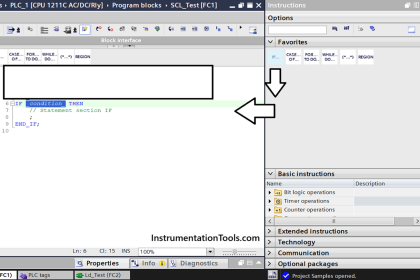
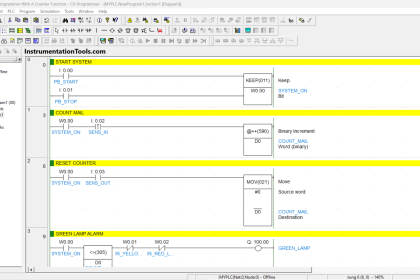

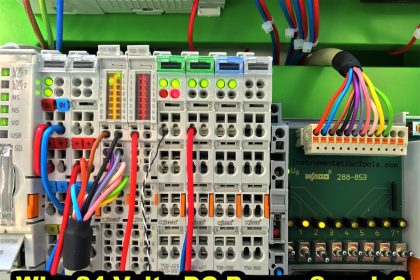
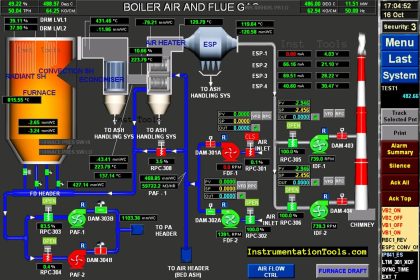




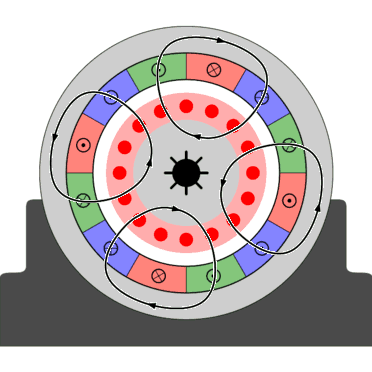
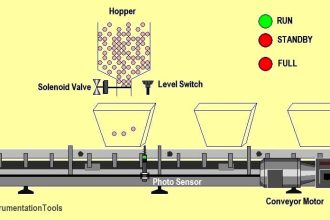
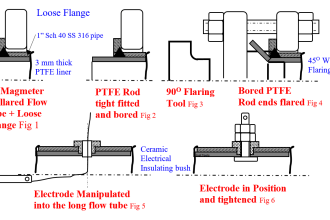
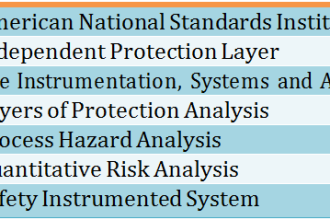

Thanks. …